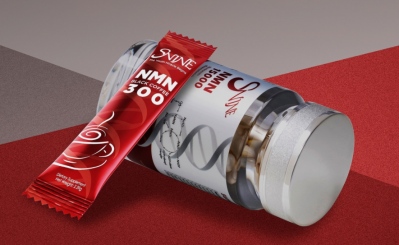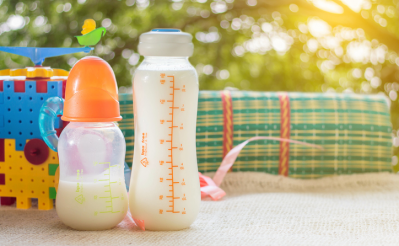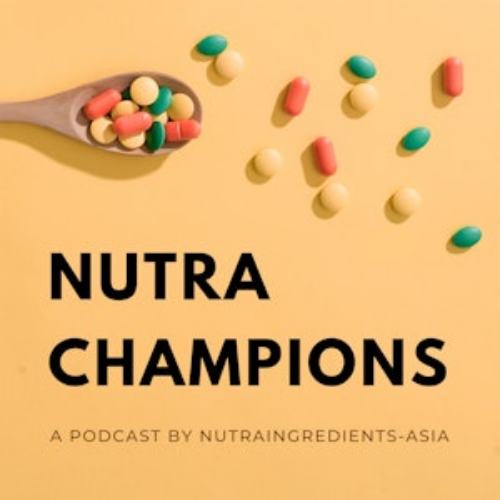Claims clampdown: China regulator proposing stricter ingredient labelling rules for infant formula

The SAMR proposed that companies should not make dosage and function claims on essential nutrients (必需成分) and nutrients added by choice (可选择成分) in formulas for infants between zero and six months old.
At the moment, companies cannot make dosage and function claims only for essential nutrients, such as protein, carbohydrates, vitamin B1, B2, C, calcium, iron, and zinc etc.
However, they can make such claims for nutrients added by choice.
The regulator also made a similar proposal for formulas for infants six-month-old and above, where companies would not be able to make dosage and function claims for essential nutrients. However, they can do so for nutrients added by choice.
At the moment, formulas for infants six months and above can make dosage and function claims for both categories of nutrients.
For formulas for infants six months and above, essential nutrients refer to proteins, vitamins, folic acid, and minerals, while nutrients added by choice include taurine, DHA, eicosatetraenoic acid (ETA), and inositol.
“We believe that the SAMR has made this suggestion of not allowing dosage and function claims on essential nutrients because essential nutrients are compulsory in infant formula products, as such, companies should not [make claims and] market their products based on these nutrients.
“It is meaningless to market products by highlighting the nutrients that should be present in the product in the first place,” Cathy Yu, GM of the food business division at consultancy firm CIRS told NutraIngredients-Asia.
In formulas for infants six months and above, the regulator also suggested that the dosage and function claims for nutrients added by choice can only be printed as text on the less prominent areas of the product packaging.
Only the product name, net weight, registration number, a relevant picture that meets regulatory requirement could be printed on the most prominent part of the product packaging, while the product’s registered trademark could only be displayed on the side.
Overall, Yu pointed out that SAMR’s proposal would set up stricter rules for making product claims.
The proposal is now open for public consultation which ends on August 28.
Other suggestions
On the other hand, if the product name states that the formula is sourced from a particular animal species, then the raw milk, milk powder, and whey powder components used in the product should come from that species.
For instance, if the product claims to be a goat milk powder, then the raw milk, milk powder, and whey powder added into the product should come from goat’s milk.
If the product sources milk protein from two or more animals, this should also be stated in the ingredient list, including the proportion of milk protein sourced from each animal.
The regulator also urged manufacturers to exercise caution when recommending the dosage amount, and refrain from using terms such as ‘must’, ’compulsory’ and ‘strictly’.
















